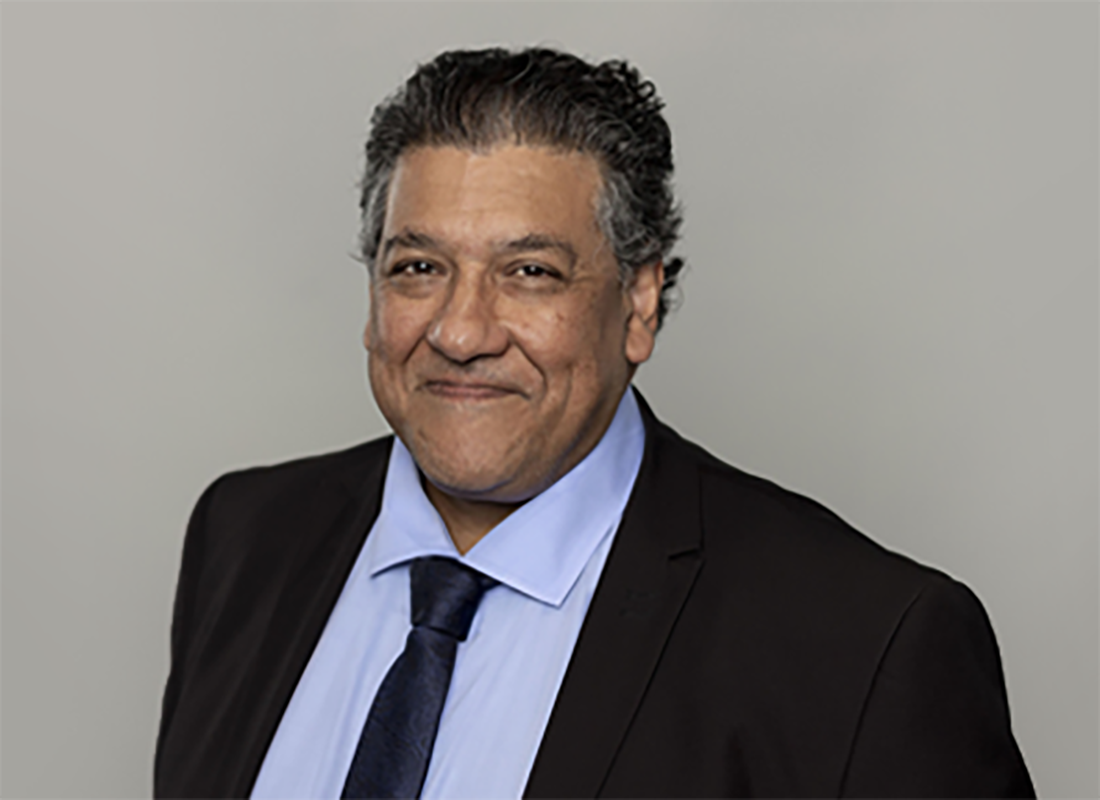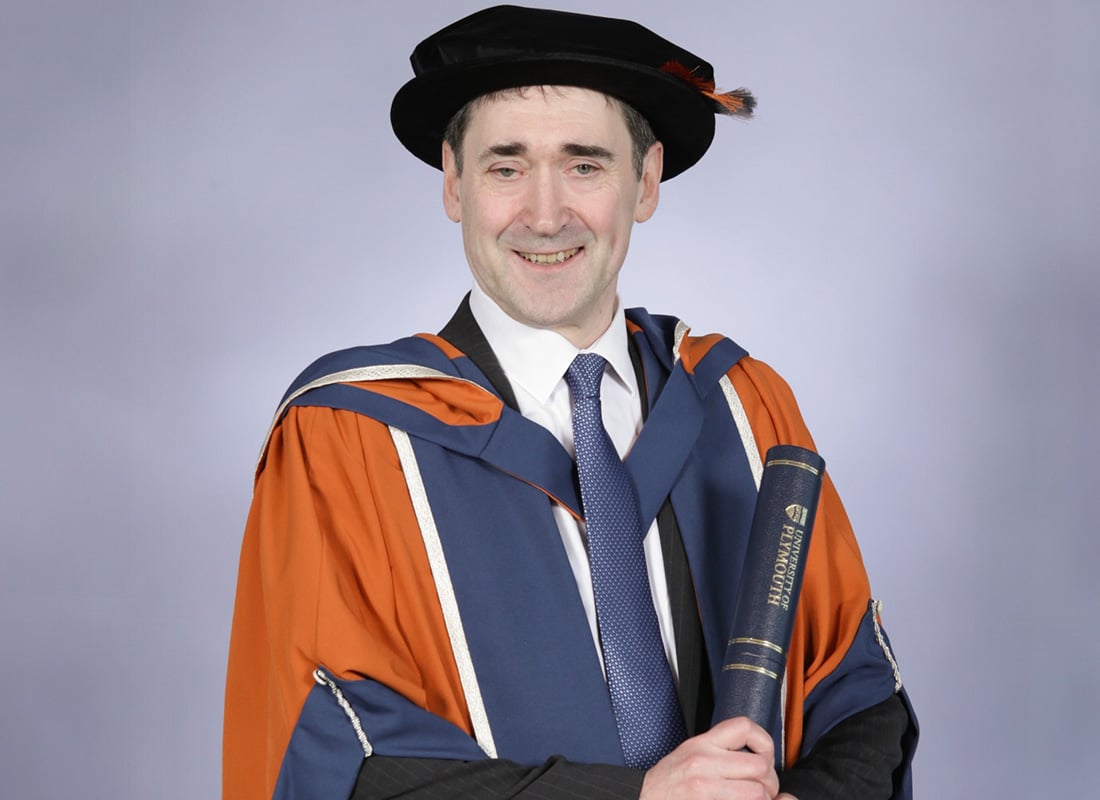Incoming President Daljit Rehal FBCS, Chief Digital Information Officer at HMRC, talks to Georgia Smith MBCS about his career so far, continuing the focus on CITP and his vision for a more recognisable BCS.
Having worked in the heart of the telecommunications industry since BT was the only kid on the block, Daljit Rehal has been right at the forefront of the explosion of the digital economy. Here, he tells us how he plans to continue Alastair Revell’s work on CITP, and how his unique career will shape his presidency.
Tell us about your career path and how you've got to where you are today.
After graduating with a degree in computer science and physics, my first real job was planning and forecasting customer service demand for Mercury Communications. So I was part of the country's telecommunications journey as the markets opened up from BT being the sole provider to seeing competitors — like Mercury — start to come in, all the way up to the multiplicity of companies we have today.
When I was at Mercury, there was no Excel, so it was a job for somebody who could write programmes to pull out the data and create forecasts. I soon realised that a more efficient way to do that would be to use AI, so I started using some early neural networks — back then, you had to actually get books and code things in yourself! That led me to move into fraud detection, applying what I’d been doing at Mercury to catching telecommunications fraud by analysing masses of data. From there I moved into data mining in the marketing department at Cell Net (now O2), and then became a management consultant for KPMG before working with the startup teamforthree.co.uk (the 3G operator) and holding senior positions at Virgin Mobile and Talk Talk. Some of these were technology jobs, some less so, but the constant theme has been strong knowledge of technology, especially AI techniques.
Eventually I became Chief Data Architect at British Gas, where I did the architecture to implement smart meters, for example. I was also an early adopter of big data technology, data lakes and AI there. I became Chief Digital Officer, and then Chief Data Officer at the parent company Ad Centrica. In 2020 I joined HMRC, where I am the Chief Digital Information Officer (CDIO).
Tell us more about your current role as CDIO at HMRC.
I preside over all of the IT systems HMRC runs on — that's 80,000 laptops and PCs, from customs and duties through to income tax and stamp duty and everything in between. I'm also engaged in conducting one of the biggest government transformations of migrating from old technology to new digital SaaS cloud native; technology for the 80 odd thousand people that work at HMRC and also for every tax paying citizen to have a better customer experience.
What do you think your unique professional experience will enable you to bring to the presidency?
I'm a unique blend of somebody who's been on both sides of the IT debate. I've had quite a few jobs where I'm a consumer of IT services, and on the other hand, I've had jobs where I'm the provider of IT services. So that's given me a unique perspective. I have empathy for the consumers, but I also see the challenges that professionals in the IT industry face.
"It’s important to remember that achieving the full potential of BCS will take more than 12 months."
Working at both ends of the spectrum has allowed me to realise this is a collective journey for the whole of the country, to become a part of the digital economy going forwards. I've also led the way in introducing professionalism into organisations, which is a great legacy to bring to the table.
For you
Be part of something bigger, join BCS, The Chartered Institute for IT.
The outgoing president, Alastair Revell, has been very passionate about CITP. How do you plan to continue that focus, and what’s your key vision for your tenure?
Well, first and foremost I strongly believe that everything Alastair was doing needs to continue. It’s part of why the presidency is a three year commitment, so that we have continuity. I am fully committed to all the goals and objectives of CITP that Alastair set in motion, though of course I may do things in my own way!
My aim is to bring stability to BCS’ internal management, enabling us to build a stronger brand and gain better recognition for our values, particularly our mission of making IT beneficial for society. Additionally, I believe the president should act as an advisor, steering the ship with a broad perspective rather than getting involved in day to day tasks. It’s important to remember that achieving the full potential of BCS will take more than 12 months.
Tell us a bit about what your pathway has been with BCS.
My journey with BCS started when I became a Fellow, which allowed me to attend various seminars and BCS events. I joined the BCS nominations committee, which I’ve been a part of for four years, and through that I was exposed to other parts of BCS like F-TAG. I grew my network within BCS, and went for the presidency! So, for the last 12 months I've been the Deputy President. My pathway has been to arrive as a fellow, participate, join the nominations committee, and work up to President from there.
What would you say is the most rewarding part of being involved with BCS?
The most rewarding thing for me has been to work with an excellent bunch of colleagues — to see the commitment and the energy that people put into making BCS a success, and see that they’re doing what they're doing simply because they believe it's the right thing to do. It’s rewarding to work amongst people who are, through a lot of voluntary work, charitable work and networking, really working to positively influence and grow digital talent in this country. We need it, and to be part of that makes me proud.












